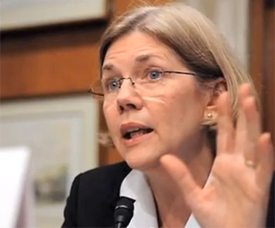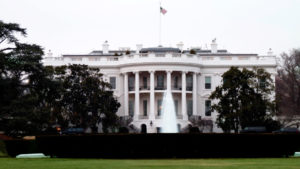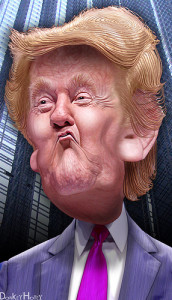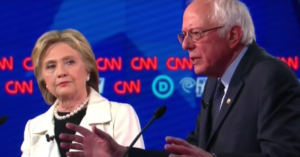Will Budweiser’s Gamble Pay Off?
Being political can be a very good thing for a business—look what it’s done for Ben & Jerry’s. I believe that social/environmental responsibility is what made B&Js a player with 40% or more of the superpremium ice cream market. Without it, it would be just another among the hundreds of minor players with slivers of market share. Many other companies have also benefitted by their strong stands, including Patagonia, The Body Shop, Interface (flooring company), and many others.
But there has to be a good match between audience and messages.
Which is what makes Budweiser’s “Born the Hard Way” Superbowl ad so surprising, almost shocking.
The football-adoring working-class male Bud drinker (a big part of their audience) is one of the demographics most likely to have voted for DT. Many voters in that demographic had enough comfort with the anti-immigrant rhetoric and action that they cast that vote, even if their motivations were on other issues (such as believing that DT would create more jobs). In other words, this ad could anger a large segment of Bud’s core market. Taking that risk is an act of courage.

Those out in the streets for immigrant rights who are not themselves immigrants or the children of immigrants probably skew rather heavily toward craft beer. I don’t think as great a percentage of them will be going for Bud, Coors (BTW, heavily associated in the 1970s with right-wing causes, before it merged with Molson), or any other industrial beer. It’s also worth pointing out that Islam is a no-alcohol religion (though that commandment is not always followed). So Anheuser-Busch is being quite courageous. If right wing elements (or DT himself) call a boycott, it’s going to be hard to get those who support their position to also support their beer.
I speak out of my own tastes here. I am delighted that Bud took this stand. The company says this ad was prepared in October, before the anti-immigrant candidate eked out his Electoral College victory. That may be. But that also left them two months following the election to decide not to run it. Going forward raises my respect for A-B. But until an American Bud tastes as good as the incredible Czech Budwar (originated by the same family), I still won’t want to drink it. I might talk about them in my speeches or even invest in the company, but I’m not likely to be a customer, let alone a brand loyalist.
Wouldn’t you love to be a fly on the wall when A-B discusses this commercial at its next high-level strategic marketing meetings?
If you like to study Superbowl ads, BTW, here’s a reel of someone’s choices for the top 10 of this year. (My comments are underneath the video.)
https://www.youtube.com/watch?v=XF3wOrWBKjc
The “Born the Hard Way” Bud ad didn’t make the cut, though another Bud ad did. I don’t know who curated this, but I don’t share that person’s sensibility. As a group, I found them disjointed, way too violent, and for the most part not focused on selling (other than the McDonald’s “Big Mac for That”). Why does Mercedes spend 3/4 of their ad on a play fight among motorcyclists in a bar? Why was it such a struggle to even make the connection between the Humpty Dumpty ad and the product that less than half an hour after watching, I can’t even remember what the ad was for? Considering how many millions of dollars go into producing and airing each of these ads, it just makes me scratch my head. Is this really a successful marketing strategy?








